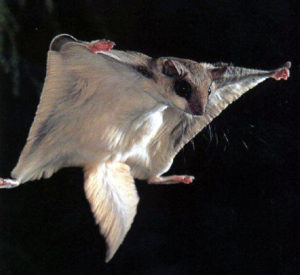How to get rid of flying squirrels in the attic first you have to determine you are in fact dealing with flying squirrels.
Flying squirrel attic entry points.
These measures may include thoroughly inspecting your home for potential entry points.
Drops thuds or bumps on your roof or attic.
Fix any broken windows or cover them with cardboard to help prevent entry.
To help prevent flying squirrels from entering your attic consider taking preventive measures.
For this job it is often best to invite a professional to examine the attic and to repair any holes or weak points in the roof space where more flying squirrels could enter.
The first sign of a squirrel in the attic is usually the sound of scampering during the day as they come and go on foraging trips.
Use exclusion the simplest method of getting flying squirrels out of your attic is to use exclusion.
Evidence of flying squirrels can be found through droppings tracks scents or actual sightings.
Dealing with a flying squirrel is similar to dealing with bats.
Flying squirrel removal can be tricky because these animals are small and can go into very tiny holes and gaps.
They are colonizing animals so there will be at least 15 to 30 in the attic.
Inspect the roofline of your home for chew marks and small entry points.
Hire a professional to seal your home from squirrels.
They all point to flying squirrels in your attic especially if you only eat them at night which is when they re most active.
Remember that there may be more than one entry point for the squirrels.
If there are any holes in the attic that are too small for other squirrels to fit through but close to trees there is a good chance flying squirrels are what is visiting your attic.
How to lure a flying squirrel out of the house.
Flying squirrels also carry lice fleas mites and other parasites.
Also listen for scurrying and scampering noises at night although other animals may cause these noises.
But the principles of mounting the trap s or exclusion doors on the entry exit hole plus sealing shut all other points of entry still apply.
Check for gaps or holes in your gutters roof downspouts and your walls.
Signs of a flying squirrel infestation.
These squirrels can glide for long distances.
Cover the chimney with sturdy caps design to keep wildlife out.
Cover the attic vent with thick hardware cloth about inches.
Like regular squirrels flying squirrels can fit in very small spaces so any hole should be considered a possibility.
Flying squirrels are often animals that will follow where others have gone so if one animal can find their way into the attic then others can too unless the entry points are sealed.
In addition to scratching sounds in the middle of the night you may also hear low soft chirping or clucking sounds.

